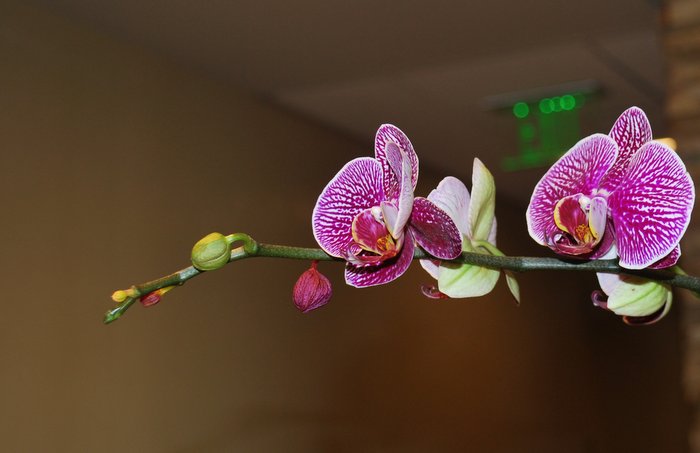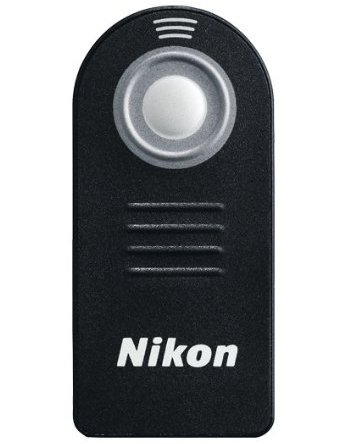Autofocus is one of the great features available in modern DSLR camera. Some cameras are equipped with an Autofocus motor inside the camera and some are not. Similarly, there are lenses which come with the built-in Autofocus motor inside itself. Benefits of having an Autofocus motor inside the camera is that it can Autofocus the lens which doesn't have a built-in Autofocus motor. Nikon D40, D40X, D60, D3000 and D5000 models lack an Autofocus motor. But Nikon D90 does have an Autofocus motor built-in inside so that it can fully Autofocus the lenses which lack an Autofocus motor. There are two ways for the DSLR camera to focus the subject; manually and automatically. When your lens is setup to focus automatically (by using the switch available on the lens), camera offers few different ways to achieve that autofocus.
Different camera brands provide different kind of Autofocus mode and sometimes only the naming is different but the core functionalities are same. Most of the Nikon DSLRs including D90 come with the three different Autofocus modes and one Manual mode. To change between different Autofocus mode in D90, you have to press the AF button on the top of the camera near the monochrome LCD screen and rotate the main command dial. While changing the modes, you can see currently selected Autofocus mode on your top LCD screen as well. Most of the high end semi-pro or pro DSLRs come with the dedicated lever to switch/lever between different autofocus modes. Now, let's discuss about these different autofocus modes and when should we use them.
D700 Autofocus switch
1. AF-S (Autofocus Single)
In this mode, focus is set once when you press the shutter release button halfway down and the camera keeps the focus locked on the subject until the shutter button is fully pressed to take a picture. If you release the shutter button without taking a picture, you will have to re-focus again to take the picture. This mode will be your best choice if you are shooting subjects that do not move such as landscapes, cityscapes or portraits etc. In this mode, by default, you might not be able to take a picture until the focus is locked on the subject.
2. AF-C (Autofocus Continuous)
This mode is good if you are shooting moving subjects like in wildlife and sports photography. When the camera is set to AF-C mode, once the shutter release button is pressed halfway down, the camera sets the focus on the subject but continues to monitor the subject in order to re-focus if it's moved from the original position. While shooting using AF-C mode, focus and exposure aren't really locked until you press shutter release button all the way down to take a picture. In this mode, by default, you can take a picture even if camera has not fully focused the subject but you end up getting blurry images.
3. AF-A (Autofocus Automatic)
This mode is actually a combination of the two modes described above. When your camera is set to AF-A mode, camera focuses subject using AF-S mode if the subject is not moving but it changes automatically to AF-C mode if subject starts moving. Isn't that pretty cool? This mode is pretty good when you are shooting mixture of the actions. This mode is probably the default mode in your camera. However, like in AF-S mode, subject needs to be sharply focused to release the shutter release button all the way down and then only camera takes the picture.
4. Manual Focus
You can use the manual focus mode when your lens is set to the manual focusing mode (using the switch on the lens itself) or if your lens is not equipped with an Autofocus motor. In this mode, you can manually focus your subject using the focusing ring on the lens barrel. Manual focus is popular among the landscape photographers specially when they want to achieve sharp focus from the foreground to the background (some prefer to focus into infinity and some prefers to focus into one third of the frame to achieve everything in focus).
Some photographers like to shoot in a manual focusing mode all the time but I prefer to use Autofocus mode most of the time except in some tricky landscape shot where I also use manual focus.

















